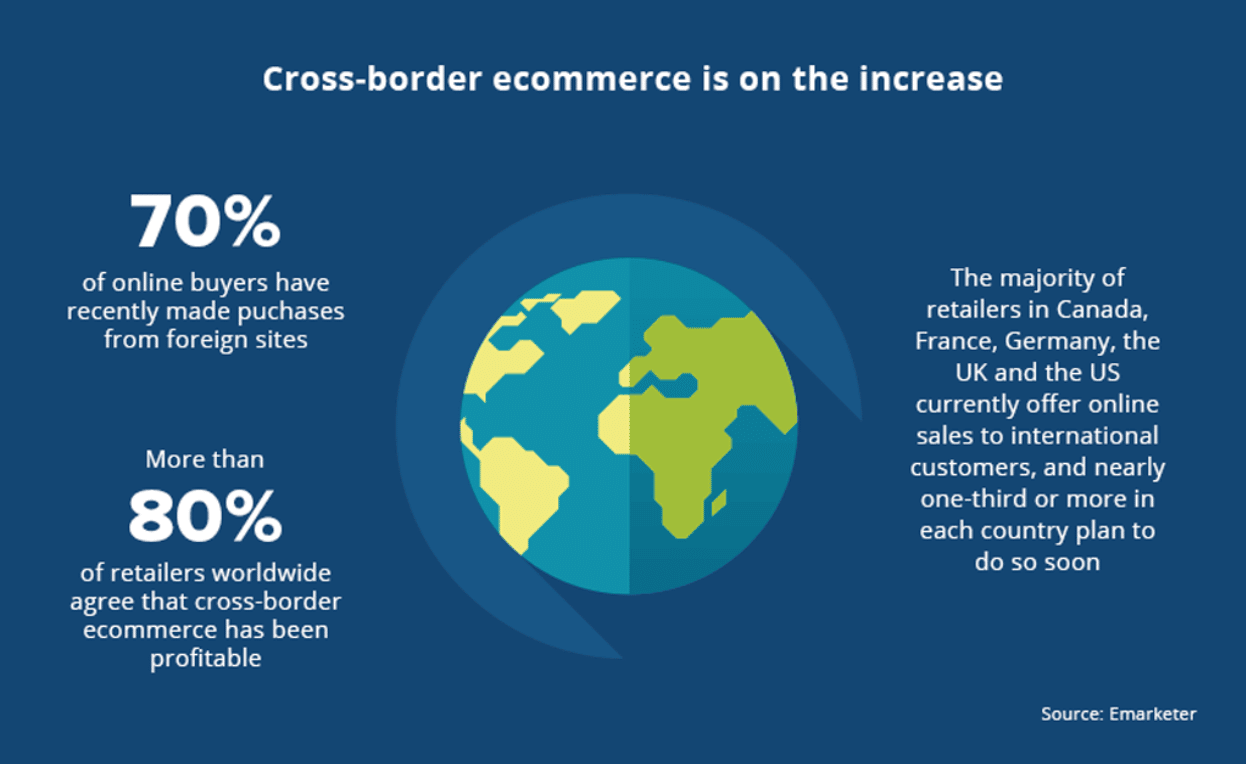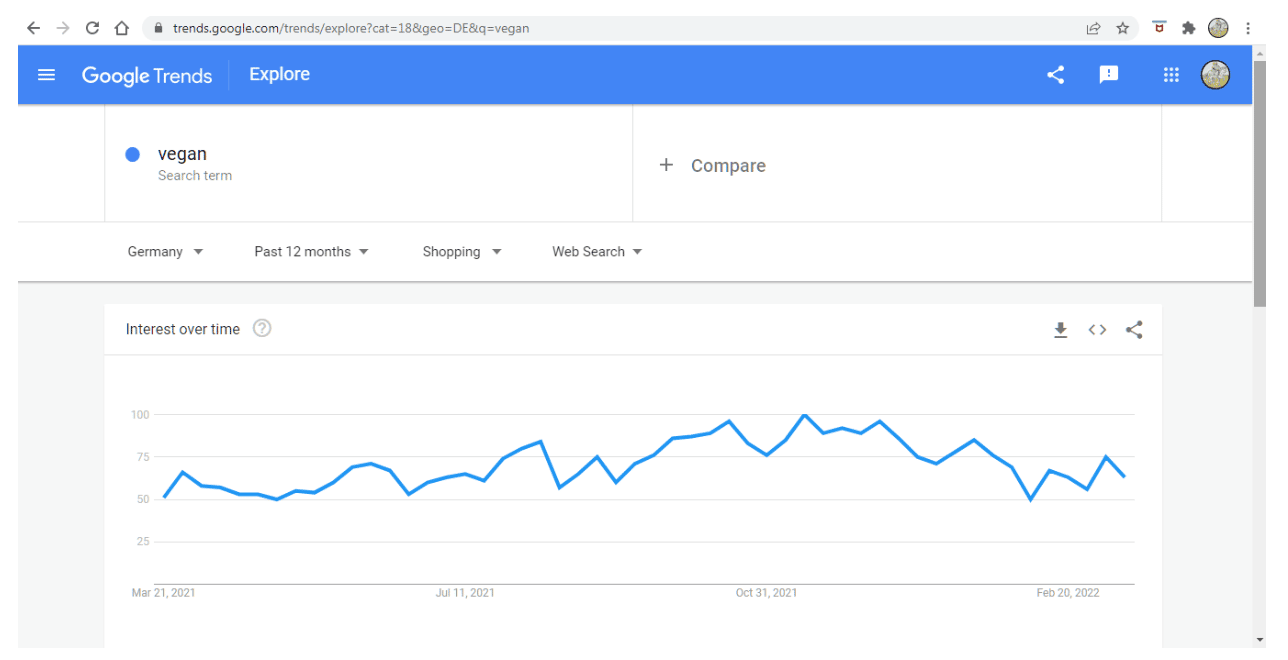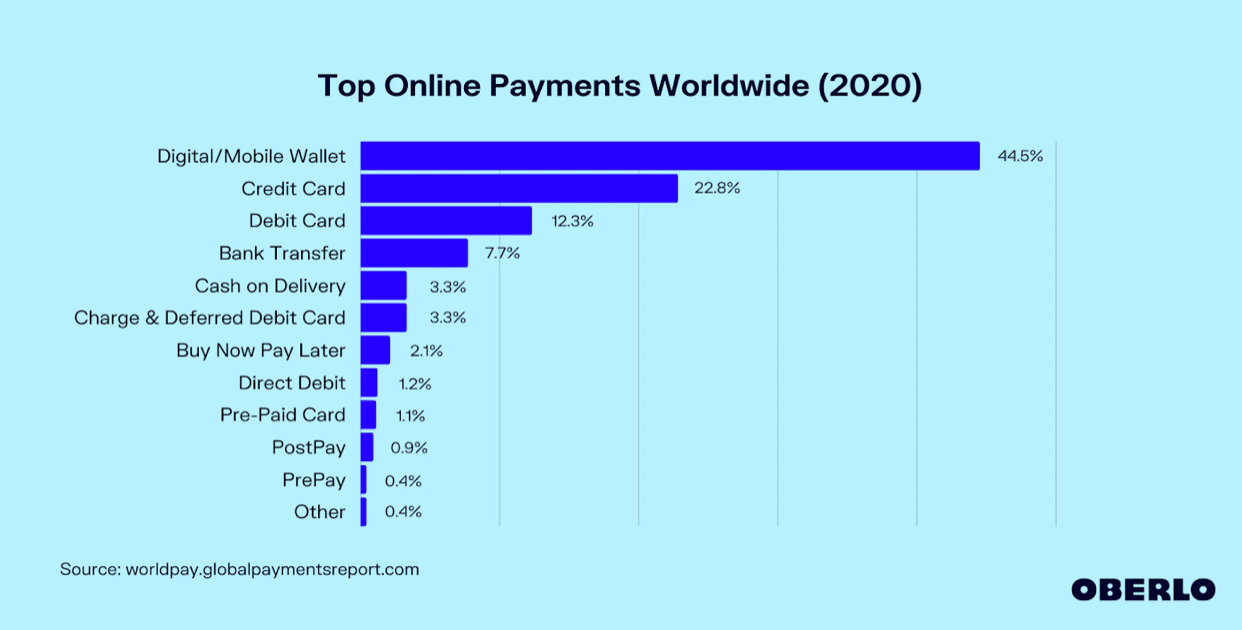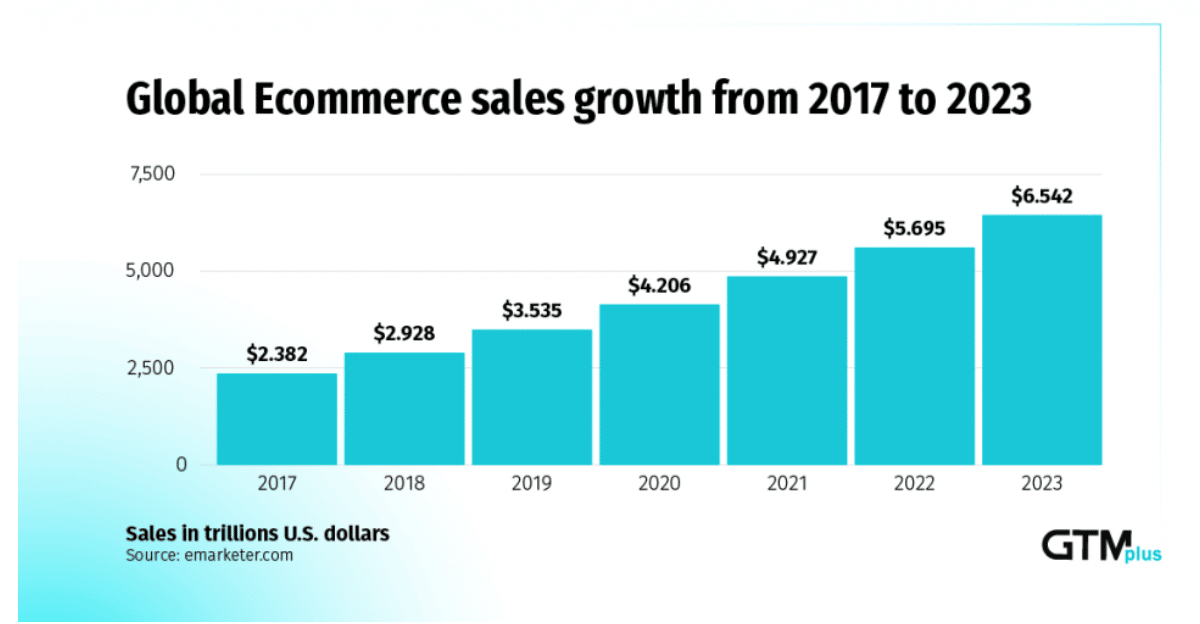It’s no secret that globally, e-commerce is huge. E-commerce – the online market for buying and selling products and services – is now almost a global standard. It’s also widely accepted as the way forward for successful businesses and expanding your ecommerce globally is a must.
There are a few obstacles in the prospective global e-entrepreneur’s path as they set sail into the waters of e-commerce.
To start with, it’s always a good idea to assess your accounting situation. It’s difficult to start thinking big when your finances are too small. Once you’re happy with your funds, it’s time to take a good look at the market you’re releasing your product into.
Scoping out the market landscape
No matter how good a product is, it will struggle to see market success if the environment isn’t right. It may be that only certain products of yours succeed in a given territory while others fall flat. This is why it is critical to research the market beforehand, paying close attention to cultural and religious factors, and determining whether you will develop an ecommerce B2C or a B2B marketing strategy. You should also assess the possibility of the market already being saturated with similar products.
So you need to find the sweet spot where your products will be welcome, but somebody hasn’t already beaten you to it. Or, if they have, you need to be sure that you can compete on quality, market penetration, or price – preferably all three.
Google Trends – surface
Start with Google Trends, which you can use to find what’s currently of interest online.
To illustrate this, we’ll take an example. Let’s say that your company is currently making vegan processed foods in the US. You may feel that the local market is becoming as saturated as a carnivore’s fats, and it’s time to look to foreign plates. The internet is full of stories of companies successfully changing their market focus to abroad, and you’d like to bring your vegan foods to a more global audience.
Investigating the potential market for your products is as simple as searching relevant keywords – like ‘vegan’, for example– in a Google Trends query. You decide that you’re interested in a country with a significant amount of vegan traffic but with a strong tradition of meat-eating.
Consider other market factors: for instance, it will help if the country doesn’t already have a surplus of soya, as is the case in the UK. A quick look down the list below gives us Germany as a prime contender at number eight. Wunderbar!
Germany scores 55/100 on the chart (the number represents its subject-related traffic compared with the country with the most traffic, which in this instance is the UK), so there’s a fair amount of vegan chatter going on.
There’s also a sausage-shaped meat-eating tradition in Germany that would strike fear into any passing pig. So with that in mind, you could do a lot wurst than to check out the Germanic taste for more meat-substitutes.
Google Trends – going deeper
You can also see what’s trending specifically on Google Shopping.
Germany has seen an increase in Google Shopping vegan traffic from 51/100 in mid-Mar 2021 to a high of 75/100 in mid-Mar 2022.
Berlin is already well-catered for (it’s a bit of a vegan Mecca) but other areas may be well worth investigating, and you can do this easily with Google Trends. It’s a great tool for checking how popular hamburgers are in Hamburg and what they’re munching in München.
Competitors
Take a look to see what your competitors are already doing. If it looks like the veggie burger market is already full then it may be necessary to carefully appraise your chances.
When you’re doing this kind of work, it’s common to feel a little overwhelmed by data. In the process, you’re likely to be dealing with calls from all manner of interested parties regarding both your existing and your expanded business. It’s a good idea to take action here and reduce your workload with an organizing tool like a voicemail to email service. This kind of assistance can be invaluable when you need some headspace.
Time to expand your organization?
Now that you have investigated the likely demand for your products, you’ll need to think about your organization’s ability to cope with the increased business. Will you need to take on new staff? You’ll be able to handle some of the increased work with your existing staffing levels, but there will be pinch points that will need extra resources.
You will also need to think about staff skill levels. How many of them can speak the language of the new territory? How many of them have any international commerce experience?
Finally, you’ll have to consider whether you need a brick-and-mortar presence in the new target country. One of the benefits of global eCommerce is that it can represent an opportunity to gauge commercial potential before having to put in the increased investment that building and running a physical store requires.
Some businesses, for example, an eCommerce call center, will be extremely unlikely to require a bricks-and-mortar presence in the new territory. Others will have different needs as business picks up. You’ll need to assess this for yourself.
Hand-in-hand with having far-flung staff is the need to cater to employee needs as well as monitor staff performance. Again, this will all have to be factored into your thinking.
If you’re interested in striking a balance between a virtual vs a bricks-and-mortar business, this case study about how a music store enjoyed the best of both worlds is worth a read.
Platform
This is the meat of your vegan global eCommerce enterprise, so to speak. You have to think about four key points when putting together your sales platform.
Is the price right?
It’s not just a matter of offering value for money. You have to be aware of some rather interesting little snippets, like the fact that prices ending in 0 (eg $50.00) are more likely to be appreciated as cheap by customers living in China, Brazil, Argentina, and India, but in countries such as the US, Norway, and Australia, people are more drawn to the value represented by the price ending in a 9 (eg $49.99).
On a more basic level, you’ll also need to think about currency conversion. Do you go with the fluctuations that govern international exchange or do you set a fixed conversion rate?
Finally, be sure to list your prices in the currency of your target country. There are mountains of products abandoned in online shopping carts every day by frustrated shoppers only discovering the real cost of their products after they get to checkout.
Another crucial aspect to consider when expanding your ecommerce globally is understanding the complexities of different industries. For instance, if you were to venture into the healthcare sector, having a solid understanding of medical billing would be essential to ensure smooth and efficient transactions. Gaining insights into specific industry processes, such as medical billing, can ultimately contribute to your ecommerce business’s success and growth in the global market.
Mode of payment
Remember that just because a consumer practice is common in the US doesn’t necessarily mean it will be in other countries. In the US, for instance, credit cards tend to dominate online payments, but internationally it’s services like PayPal, Apple Pay, and other digital wallets that hold the top spots.
Make sure you’re offering the form of payment that the local customer tends to prefer. Remember, in the world of eCommerce, convenience is key.
Keep the customer satisfied
It’s the credo of businesses everywhere: the customer is king. One aspect of this is the ways customers from different countries prefer to communicate. Returning to our vegan German customers as an example, German consumers frequently communicate a very low preference for Chat services, preferring the good old-fashioned option of talking to a human being at the other end of a phone.
And don’t forget about data capture. When it comes to your mode of zero-party data acquisition, you’ll need to comply with what suits the locals.
A final note on customer satisfaction: it may be useful to think beyond more general national characteristics and look more closely at a country’s demographic distribution. For instance, you might decide that southern Germany actually offers the best potential for your business, and go on to focus more specifically on what they do there rather than spending resources to maintain your business at the national level.
Getting the goods
OK, here’s the nitty-gritty. How do you get the goods out to the customer? What shipping options do you offer the customer? In general, the more choices you can offer, the better. Make sure there are options to suit different budgets and different urgencies. This way you’ll satisfy the widest possible range of requirements.
Be warned though: the processes of shipping and logistics are filled with snags. It’s a good idea to research conveyancing businesses thoroughly to see which have the best reputations and give the best value for money. If in doubt – see what your competitors are using. How are they getting on with them?
And give yourself the best chance of success by using a good ordering and syncing system.
Conclusion
At the end of the day, keep in mind the most important takeaway: global eCommerce is on the rise.
So, you need to get with it. And you have to start by doing some research. The roadside is littered with the tattered businesses of e-entrepreneurs who clung to hope instead of expertise. The more information you can gather, the better.
It’s not just a matter of whether your product has a market in a territory, it’s how you deal with the inhabitants of that territory that you should be thinking about. Are they keen credit card users? Do they like to use social media? Are referrals big in your target country? If they are, you had better start thinking about referral tracking software options.
You’ll need to acquire a wide breadth of knowledge, but you’ll never get the job done when dealing with innumerable interruptions. So, before anything else, make sure you’ve got vital tools like automated call routing in place. Getting your business office organized in simple ways like this will help you focus on what’s important: bringing your business to the world!
Bio:
Jenna Bunnell – Senior Manager, Content Marketing, Dialpad
Jenna Bunnell is the Senior Manager for Content Marketing at Dialpad, an AI-incorporated cloud contact center solutions system that provides valuable call details for scaling business owners and sales representatives. She is driven and passionate about communicating a brand’s design sensibility and visualizing how content can be presented in creative and comprehensive ways. Check out her LinkedIn profile. She has also written for Miro and Traffit.





















